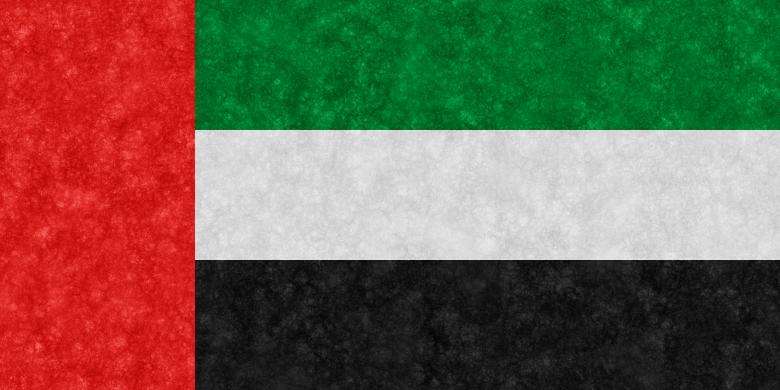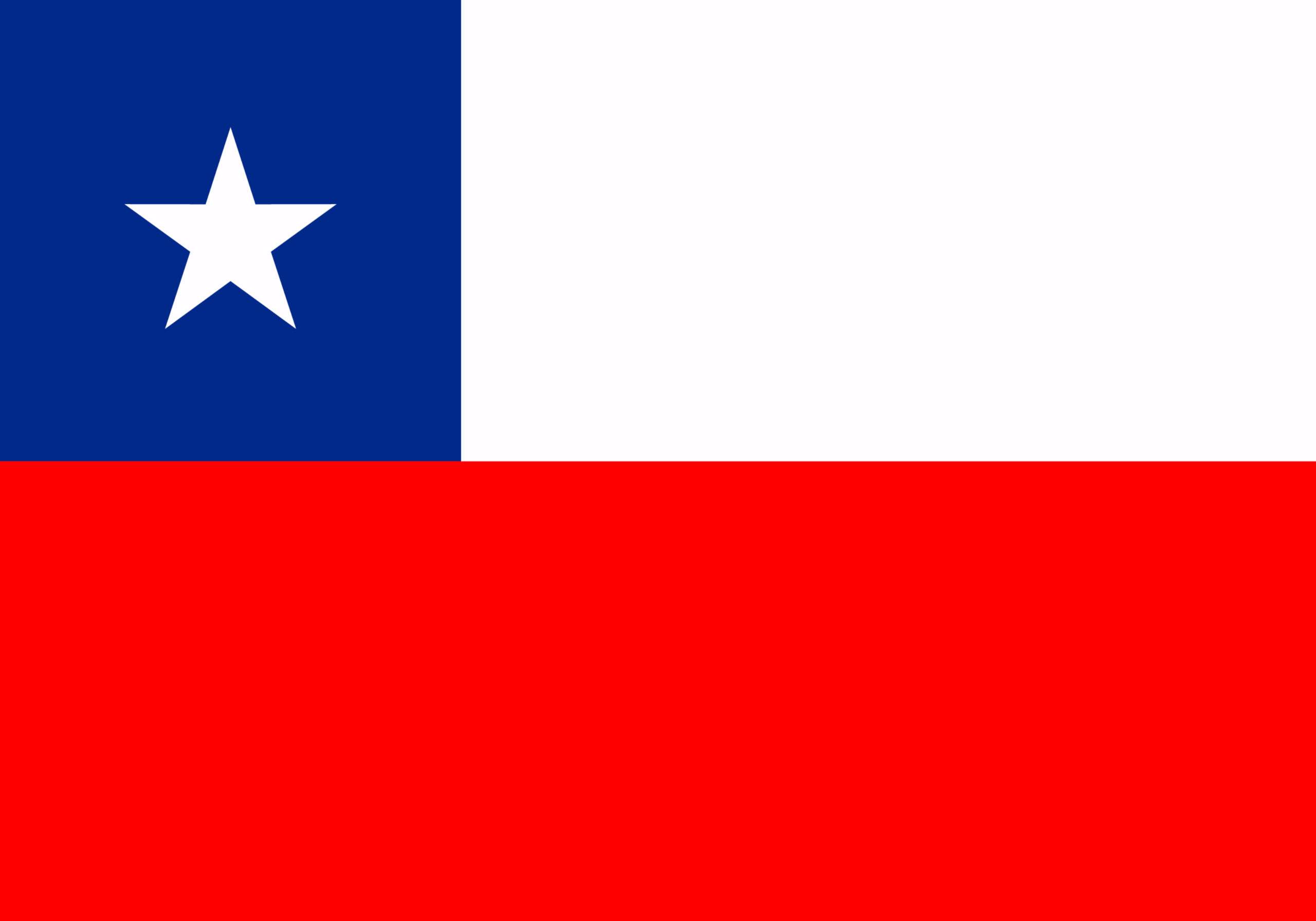For many years, Emiratis have taken tremendous pride in the United Arab Emirates flag. What does it mean, though, and how did it come to be? Continue reading to learn more about the UAE flag.
History of the UAE National Flag
Either the Hinawi or the Ghafiri tribal confederations controlled each of the United Arab Emirates’ seven emirates. The Hashemite dynasty and their commitment to the prophet Muhammad were symbolized by a red banner flown by both tribal confederations. Although they belonged to the Ghafiri, the Qawasim had their flag (a green, white, and crimson banner) that they used to set themselves apart as a maritime power. Six of the seven emirates signed the General Maritime Treaty with the British Empire in 1820 following the British Empire war on Ras Al Khaimah, placing them under British Protectorate control and protection in the region. Each emirate’s flag was required to have a white part inserted. Fujairah remained to fly its simple red flag because the British at the time did not recognize it as an emirate. As a result, it did not sign the general treaty with the British protectorate in 1820.
The British government named a collection of tribal confederacies in southeast Arabia as the Trucial States, commonly known as the Trucial States of the Coast of Oman. Between the early 1800s through 1892, the name applied to the regions whose Sheikhs had pacts of protection, or truces, with the British administration. The final flag selected to symbolize the Trucial States alliance was a crimson and white triband with a seven-pointed star designating the seven sheikdoms.
Six of the sheikhdoms—Abu Dhabi, Fujairah, Sharjah, Dubai, Umm Al Quwain, and Ajman—formed the United Arab Emirates after the truce was dissolved in 1971. In 1972, Ras Al Khaimah acceded to the Federation.
Sheikh Sultan bin Muhammad Al-Qasimi removed the British-imposed White Pierced Red flag from Sharjah on November 6, 1975.
The Design of UAE flag
The final flag was created using the Pan-Arabic colors of red, green, white, and black. Three horizontal stripes and a vertical red band make up the four-color pattern.
Abdullah Mohammed Al Maainah, who was 19 at the time, was the one who first created the UAE flag. His design was one of many that were vying to be adopted as the official logo of the nation’s union. He recognised the significance of the UAE flag and worked extremely hard to win the contest. Later, he rose to the position of Minister of Foreign Affairs.
His Highness Sheikh Zayed bin Sultan Al Nahyan, the nation’s founding father, raised the national flag for the first time on December 2, 1971. In the United Arab Emirates, the Pan-Arabic colors, which stand for unification, are a common sight at all national, religious, social, sporting, and other events.
The design of the UAE flag, particularly the colors used, was directly influenced by its history. The flag is a representation of UAE inhabitants and the ideals that have made the country so great, including success, pride, dignity, safety, and happiness.
Meaning Of The Colors in UAE flag
When flying the flag, place the green stripe on top and the red stripe closest to the pole. A quick explanation of the UAE flag’s color meaning follows:
RED
The crimson of the flag’s vertical red line, which stands for strength, hardiness, bravery, and courage, signifies “together in unity.” It stands for the sacrifices made by earlier generations who built the Union’s foundation.
GREEN
The green bar of the UAE flag, which represents the nation’s wealth, is a representation of the nation’s natural riches and agricultural tradition.
WHITE
The color white in the UAE flag stands for harmony and the nation’s humanitarian efforts.
BLACK
The black stripe stands for strength and courage. It displays the fortitude of Emirati civilians as well as their opposition to injustice and extremism.
The flag is twice as wide as it is long.
The Abu Dhabi flag
The top-left corner of Abu Dhabi’s flag is a white rectangle in the color red. Although Abu Dhabi was required to fly the White Pierced Red flag of the Trucial States by the General Maritime Treaty of 1820 with Britain, in reality, Abu Dhabi maintained to fly a simple red flag. Percy Cox, the Middle East administrator for the British Colonial Office, was unable to persuade Zayed bin Khalifa Al Nahyan to accept the flag of the Trucial States. To set itself apart from other emirates, Abu Dhabi later adopted a crimson flag with a white rectangle on the top left.
Dubai and Ajman
Ajman and Dubai both fly the same flag. They are both simple red with a white bar nearest to the hoist. The White Red Halved flag was chosen by the Emirate of Dubai and Ajman in place of the Sharjah and Ras Al Khaimah. White Pierced Red to identify their rule from that of Al Qawasim in defiance of the restrictions imposed by the 1820 General Maritime Treaty with the British.
Fujairah
Currently, Fujairah is represented by the United Arab Emirates’ flag.
The Fujairah flag was only a simple crimson until 1952. Fujairah continues to fly its red plain flag because it refused to sign the general treaty with the British protectorate in 1820. To set the emirate apart from the neighboring emirates, the name of the emirate was added to the flag between 1952 and 1961, and a red flag with white Arabic calligraphy of the emirate’s name was adopted as an ensign. The plain red flag was eliminated in 1975, and now for official purposes, the national flag of UAE is used.
Sharjah and Ras Al Khaimah
Following the ratification of the 1820 General Maritime Treaty with the British Empire, the flags of Ras Al Khaimah and Sharjah (Al Qawasim) were flown.
Since Ras Al Khaimah and Sharjah are both governed by two branches of the same family, their flags are similar. On a white background, a sizable red rectangle is displayed. According to the Maritime Treaty of the Trucial States with the British signed in 1820, the flag, known as the White Pierced Red, was designed to represent all of the Trucial States. The Al Qawasim tribal federation was widely believed to be responsible.
Umm Al Quwain
The flag of Umm Al Quwain features a red background, a white hoist bar resembling the flags of Ajman and Dubai, and a sizable white star and crescent in the center signifying Islam and commitment to the Islamic world.
A star and crescent were added to the Umm Al Quwain flag, which was originally intended to be the White Red Halved flag flown by Dubai and Ajman, to set it apart from the neighboring emirates.
Why celebrate UAE Flag Day?
The nation’s flag is honored on UAE Flag Day. His Highness Sheikh Mohammed bin Rashid Al Maktoum, the prime minister of the United Arab Emirates and the ruler of Dubai, has celebrated the day every year on November 3 since it was established in 2013. His Highness Sheikh Khalifa bin Zayed Al Nahyan took office as president of the United Arab Emirates on this day in 2004.
The history of the UAE flag has come to an end at this point. One of the many national emblems of the UAE is the national flag. The current UAE country brand logo and the UAE currency symbols are two additional symbols that are used to symbolize the UAE.
Sheikh Mohammed bin Rashid Al Maktoum, the president and vice president of the United Arab Emirates, launched it in 2013. The UAE flag is flown on November 3rd each year to commemorate Sheikh Zayed’s election as president of the UAE in 2003. The flag was raised at 11 a.m. on the first UAE Flag Day.
Significance
To emphasize the significance of the flag that has brought the seven emirates together, the day of the flag is also observed. It is a significant national event that strengthens the bonds between the seven states since the flag, which is raised simultaneously in all of the Emirates, represents the value of unity among them.
Every public and governmental agency, business, and individual resident of the state raises a flag or hangs a banner outside their place of business. All emirates raise their flags, and the national song is sung with enthusiasm. Jets are used to fly the flag, which is also displayed on all the state’s significant landmarks and popular tourist destinations. The official government organizations’ social media handles also alter their themes to reflect the significance of this occasion. The flags are saluted, and the UAE army also puts on parades to show its respect.
The flying of flags is subject to tight regulations. The flag must be flown in the proper orientation, according to the legislation, and its colors and width must be honored. Once a flag is raised, its owner is responsible for monitoring its condition and replacing it if necessary because flying a damaged flag is disrespectful to the country. Only nylon should be used to make the flags because it is durable, doesn’t easily lose color, and flies more effectively than other materials. Anyone found to have disrespected the flag faces a jail sentence of at least six months and hefty penalties. Never place another banner beneath the flag.
By: Dr. Shameena Rahman




Comments are closed.